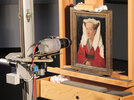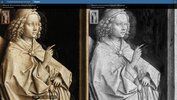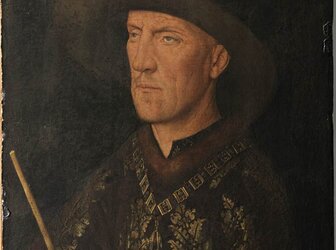VERONA: Van Eyck Research in OpeN Access
The VERONA project by the Royal Institute for Cultural Heritage (KIK-IRPA) facilitates new, global research on the paintings of Jan van Eyck (ca. 1390-1441) and his workshop by making high-quality, standardised technical images of the paintings available online in open access. J ...
Read more
Project details
Description:
The VERONA project by the Royal Institute for Cultural Heritage (KIK-IRPA) facilitates new, global research on the paintings of Jan van Eyck (ca. 1390-1441) and his workshop by making high-quality, standardised technical images of the paintings available online in open access. Jan van Eyck was one of the most celebrated European artists of the 15th-century and one of the first painters in Europe to achieve fame internationally. He made paintings for various European courts and regularly travelled within Europe on diplomatic missions, building up a network of aristocratic and private patrons. Today, van Eyck’s works are scattered across Europe. Due to their fragility, the paintings will never be united in one place again, making comparative research difficult. The VERONA project has broken new ground by creating ultra-high-resolution scientific imagery with state-of-the-art equipment and by adopting a single, standardised protocol for all of the paintings. With the KIK-IRPA van loaded up with equipment, the team travelled over 12,000 kilometres to collaborate with every museum in Europe with a painting by Van Eyck in its collection. To document the paintings, VERONA used macrophotography (in normal light, raking light, infrared light and UV fluorescence), infrared reflectography and, in some cases, X-radiography as well as scanning macro-XRF, an innovative technique for mapping pigments made available through a partnership with Antwerp University. Published on a specially-designed website in January 2018 (closertovaneyck.kikirpa.be), the documentation work has produced 16,298 image files and 1,499 gigabytes of data. The research and the technical documentation campaign are funded by the Belgian Federal Science Policy (BELSPO) and would not have been possible without the accommodating cooperation of all the partner museums. Supported by the Bruges Museums / Kenniscentrum (knowledge centre), the VERONA images were stitched, registered and integrated in the Closer to Van Eyck website by the Vrije Universiteit Brussel and Universum Digitalis.


















